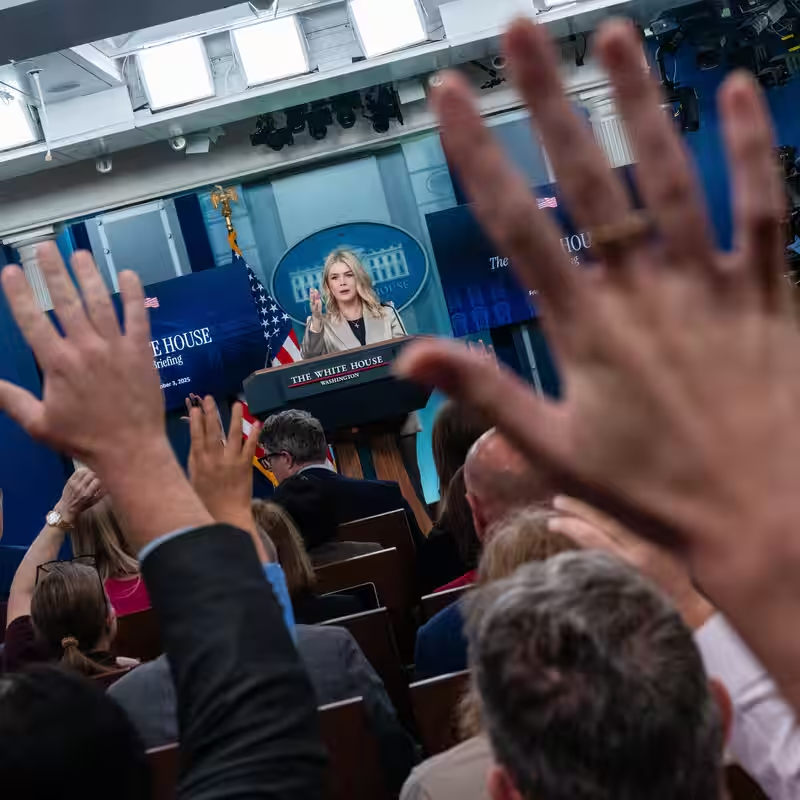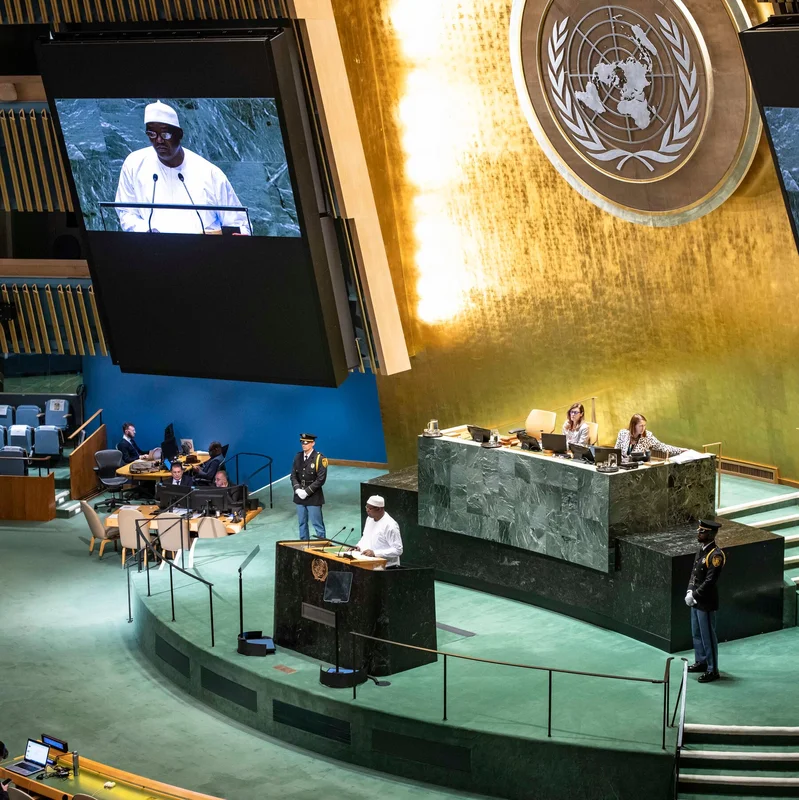Table of Contents
- Sudden Access Restriction Sparks Outcry
- What Is ‘Upper Press’?
- Official Reason vs. Reality
- Journalists and Press Groups React
- Historical Context of White House Press Access
- What Comes Next?
- Sources
Trump White House Bars Reporters from Press Secretary’s Office
In a sharp break from decades of tradition, the Trump administration has barred journalists from freely entering the White House press secretary’s office suite—known as “Upper Press”—without a prior appointment. The move, announced Friday via internal White House memorandum, marks the latest escalation in the administration’s tightening grip on media access.
What Is ‘Upper Press’?
“Upper Press” refers to a cluster of offices in the West Wing that houses the White House press secretary and senior communications staff. For generations, reporters covering the presidency have enjoyed open access to this area, allowing them to:
- Ask spontaneous questions to officials
- Verify breaking developments in real time
- Build rapport with press aides for background context
This informal access has long been considered essential to the transparency and responsiveness of the executive branch.
Official Reason vs. Reality
The White House justified the new restriction by citing “security concerns” over “sensitive material” now handled by press staff—allegedly tied to the National Security Council. The memo claimed Upper Press is “adjacent to the Oval Office,” though in reality, it’s several rooms removed.
Reporters can still access “Lower Press,” a smaller zone next to the briefing room occupied by junior aides—but this area lacks the strategic access and immediacy of Upper Press.
Journalists and Press Groups React
The White House Correspondents’ Association (WHCA) swiftly condemned the policy change. “We unequivocally oppose any effort to limit journalists from areas within the communications operations of the White House that have long been open for news gathering,” the group stated Friday.
Media watchdogs warn the move fits a broader pattern under the Trump administration: restricting press freedom through logistical hurdles rather than outright censorship.
Historical Context of White House Press Access
Open access to Upper Press dates back to at least the Kennedy administration. Even during tense moments—such as Watergate or post-9/11 security overhauls—reporters retained informal entry to press offices. This precedent ensured that the press could act as a real-time check on power.
What Comes Next?
Legal and advocacy groups are monitoring the situation closely. While the White House retains authority over physical access, critics argue that incremental restrictions erode democratic accountability.
If this policy holds, it could set a dangerous precedent for future administrations—regardless of party—by normalizing reduced transparency under the guise of security.
Sources
The New York Times: White House Limits Reporters’ Access to Press Secretary’s Office




